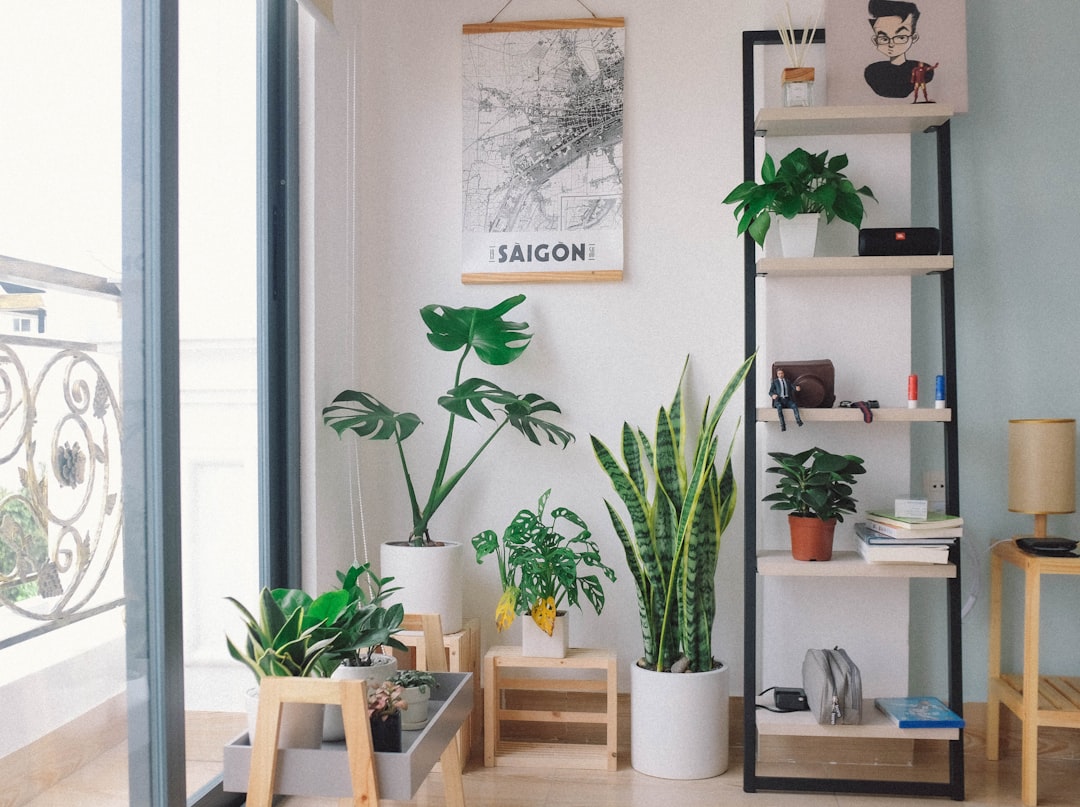Bringing a new houseplant home is exciting, but figuring out how to care for it can be a little overwhelming—especially if you’re not sure what all those details on the plant tag mean. Thankfully, most houseplants come with a tag that provides essential care information, acting as your plant’s care manual.
But these tags can sometimes feel like they’re written in code. What exactly does “indirect light” mean? How much water is “moderate”? In this post, we’ll break down common houseplant tag terminology so you can give your leafy companion the best care possible.
Why Houseplant Tags Are Important
Houseplant tags are designed to give you a quick overview of the plant’s needs, including:
-
Light Requirements
-
Watering Needs
-
Temperature and Humidity Preferences
-
Growth Habits
-
Toxicity Information (for pets and kids)
Understanding these instructions will help your plant thrive and prevent common problems like overwatering, underwatering, or placing it in the wrong light conditions.
Decoding the Key Elements on a Plant Tag
1. Light Requirements
One of the most important sections of a plant tag is the light requirement. Here’s what the common terms mean:
-
Full Sun: Your plant needs direct sunlight for at least 6–8 hours a day. Ideal for south- or west-facing windows.
Examples: Succulents, cacti, and fiddle leaf figs. -
Bright, Indirect Light: The plant thrives in a well-lit area but away from harsh, direct sunlight. A spot near an east- or north-facing window is perfect.
Examples: Monstera, peace lily, and philodendron. -
Low Light: The plant can survive in low-light areas, such as corners of rooms or spaces with minimal natural light. However, it still needs some indirect light to stay healthy.
Examples: Snake plant, pothos, and ZZ plant.
Tip: If a plant doesn’t get the right light, it may show signs like yellowing leaves or leggy growth.
2. Watering Instructions
Watering can be tricky, and plant tags often use vague terms. Here’s how to interpret them:
-
Keep Soil Moist: The plant likes consistently damp (but not soggy) soil. Water when the top inch of soil starts to dry.
Examples: Ferns, calatheas, and peace lilies. -
Allow Soil to Dry Between Waterings: The plant prefers to dry out completely before its next drink. This prevents overwatering.
Examples: Snake plants, succulents, and cacti. -
Water Sparingly: These plants are drought-tolerant and need minimal watering. Water only when the soil is bone dry.
Examples: Jade plants and aloe vera.
Tip: Always check the soil with your finger before watering. Wet soil can lead to root rot!
3. Temperature and Humidity Preferences
-
Room Temperature: Most houseplants prefer temperatures between 65–75°F (18–24°C).
-
Avoid Drafts: Place your plant away from air conditioners, heaters, or drafty windows.
-
High Humidity: Some plants, like ferns and tropical species, thrive in humid environments. A bathroom or a room with a humidifier works well.
Tip: If a plant’s leaves start to brown at the edges, it may need more humidity.
4. Growth Habits
Plant tags often describe the plant’s size and growth pattern. This helps you understand how big it will get and how to position it in your space.
-
Height: Indicates how tall the plant can grow under ideal conditions.
-
Spread: Refers to how wide the plant will grow.
-
Trailing or Climbing: Some plants, like pothos or ivy, grow vines that trail or climb. Provide a trellis or hanging basket for support.
-
Compact Growth: Plants with compact growth stay small and bushy, perfect for desks or shelves.
5. Toxicity Information
If the plant tag mentions toxicity, it’s a warning for pet owners and parents. Plants like pothos, philodendron, and peace lilies are toxic to cats, dogs, and humans if ingested.
Tip: If toxicity information isn’t listed, research the plant to ensure it’s safe for your household.
Additional Information You Might See
-
Botanical Name: The scientific name of the plant, which is helpful for identifying its exact species and researching its care.
-
Common Name: The everyday name, like "snake plant" or "peace lily," makes it easier to remember.
-
Fertilizer Needs: Some tags include notes about fertilizing. For example, “feed monthly during the growing season” means the plant benefits from regular nutrients in spring and summer.
What to Do If a Plant Tag Is Missing or Incomplete
Not all plants come with detailed tags, especially if you buy them from smaller stores or receive them as gifts. If you’re unsure about a plant’s needs:
-
Identify the Plant: Use a plant identification app or search for its description online.
-
Research Care Guides: Look up specific care instructions based on the plant’s type.
-
Observe the Plant: Monitor how your plant responds to light and watering, and adjust care as needed.
Quick Reference Chart for Common Tag Terms
Term Meaning Examples Bright, Indirect Light Well-lit but not direct sun. Monstera, peace lily Full Sun Direct sunlight for 6–8 hours. Succulents, cacti Low Light Minimal natural light, but not total darkness. Snake plant, pothos Keep Soil Moist Water when the top inch is dry; soil should never dry out completely. Ferns, calatheas Allow Soil to Dry Out Water only when the soil is completely dry. Succulents, snake plant High Humidity Needs a humid environment; mist leaves or use a humidifier. Ferns, calatheas, orchidsConclusion
Decoding houseplant tags is the first step to becoming a successful plant parent. By understanding the light, water, and other care requirements listed on these tags, you’ll give your plants the best chance to thrive.
Do you have a plant with a tricky tag—or no tag at all? Share your experiences and questions in the comments below, and let’s grow our plant care knowledge together!

Comments
No comments yet. Be the first to comment!
You must be logged in to comment. Login